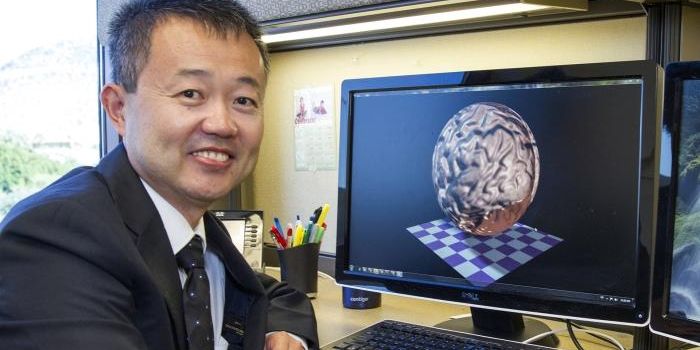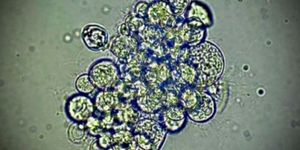New Approaches May Improve the Diagnosis of ALS
In motor neuron disease (MND), the nerve cells that control muscle movement degenerate and die. One form of MND is Amyotrophic Lateral Sclerosis (ALS), and about 140,000 new cases are diagnosed worldwide every year. The buildup of a protein called TAR DNA-binding protein 43 (TDP-43) is a hallmark of several neurodegenerative disorders, including ALS, frontotemporal dementia (FTD), and Alzheimer’s disease (AD).
Diagnosing these diseases can be extremely challenging, and doctors often have to examine patients several times to establish a baseline, and then make a determination that neurodegeneration symptoms have arisen. So patients often have to wait a long time to begin treatment. But researchers have been working on new ways to diagnose such disorders sooner, and hopefully improve outcomes for patients who could potentially start receiving treatments earlier.
Reporting in Acta Neuropathologica, scientists have developed a TDP-43 aptamer, which can detect damaged neurons. Researchers showed that the aptamer could identify MND-affected neurons in post-mortem brain tissue samples. This technology is far from use in the clinic, but it shows that molecules that are far smaller than antibodies, such as this aptamer, could potentially be used in diagnostic tests.
"This tool targets the disease protein and allows us to see where toxic clumps are building up in the body. It can do this for much lower amounts of disease proteins, and with greater accuracy than ever before," said study leader Dr. Jenna Gregory of the University of Aberdeen. "This could be a game-changer for MND research, diagnostics and treatment."
Active, protein-coding genes are transcribed into messenger RNA molecules and edited by the cell before being translated into proteins; this includes splicing out unneeded sections called introns, so exons can be expressed. In ALS and FTD patients, TDP-43 seems to be disrupted not due to a loss of protein function, but because of some gain of function. This aberrant TDP-43 dusrupts splicing, leading to the creation of molecules that carry so-called cryptic exons.
In a different study reported in Nature Medicine, scientists have developed antibodies that can identify cryptic peptides that are derived from cryptic exons. They can then be put into patient blood samples, and they will detect cryptic peptides if an ALS or FTD patient is carrying them.
The researchers tested this approach in patient samples, and found that it could accurately make an ALS or FTD diagnosis before patients were showing symptoms that are currently used for detection in the clinic.
This approach is another potential route towards a test or tests that could help identify patients sooner, and make treatments available to them earlier.
Sources: University of Aberdeen, Acta Neuropathologica, Nature Medicine









